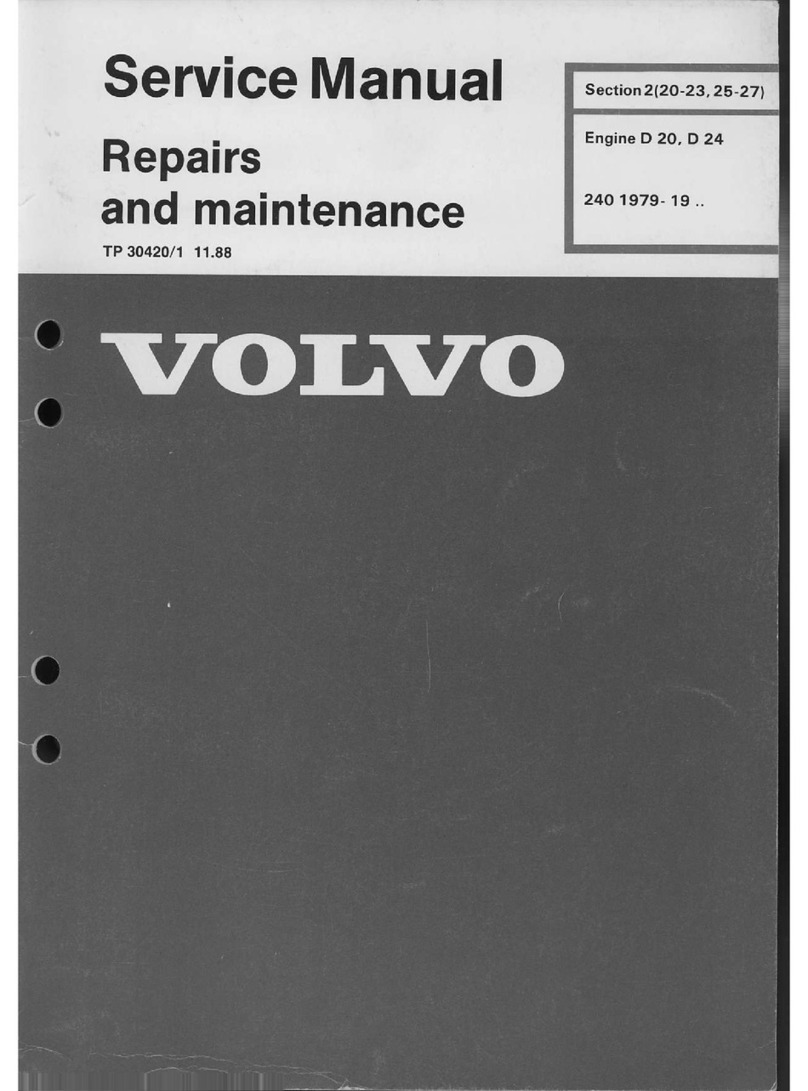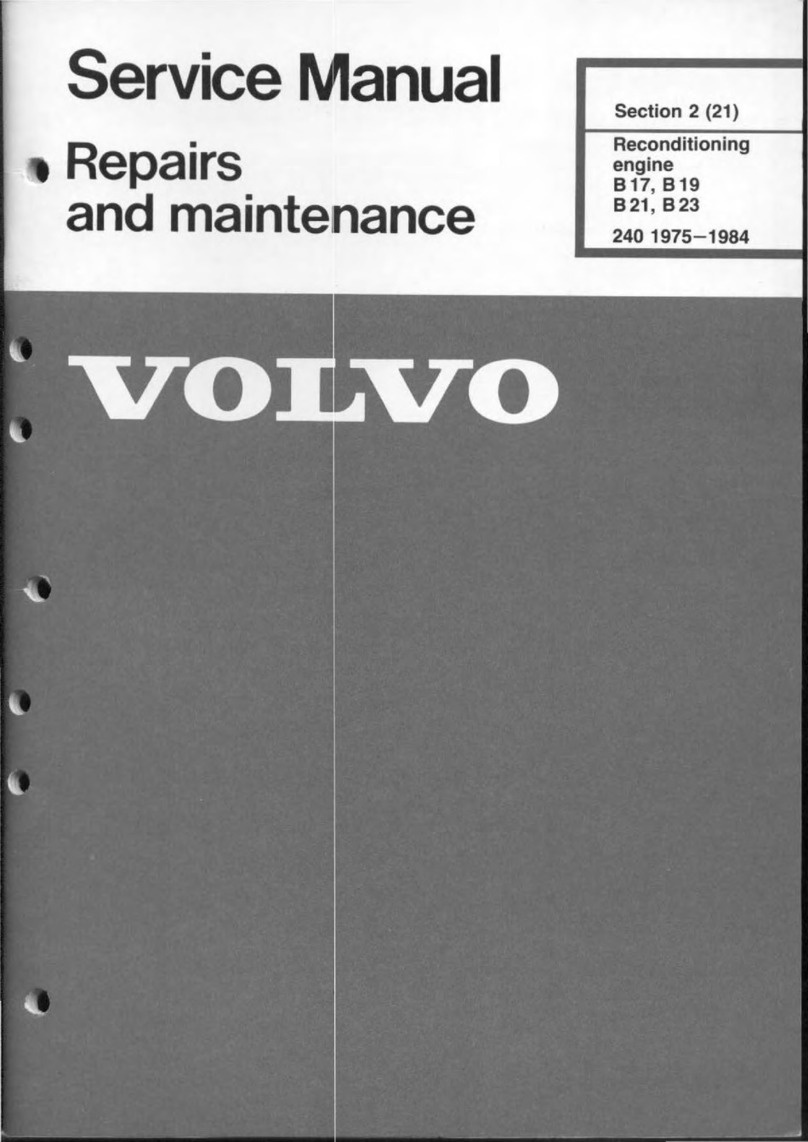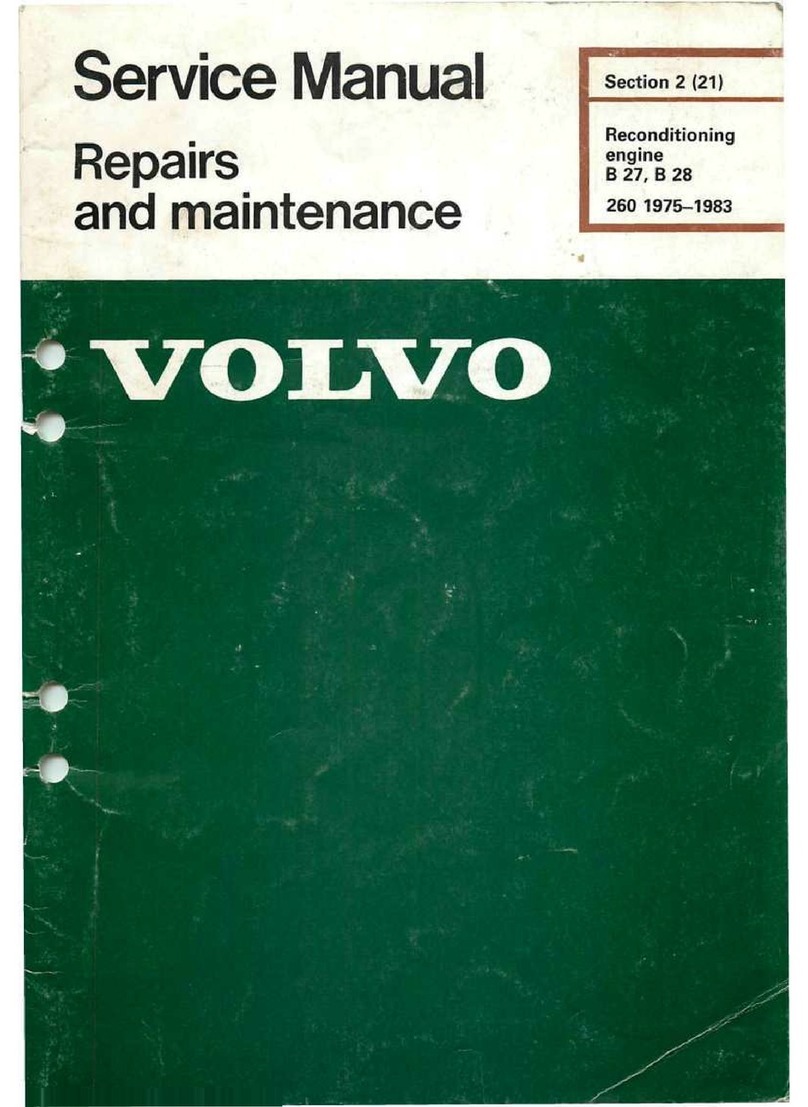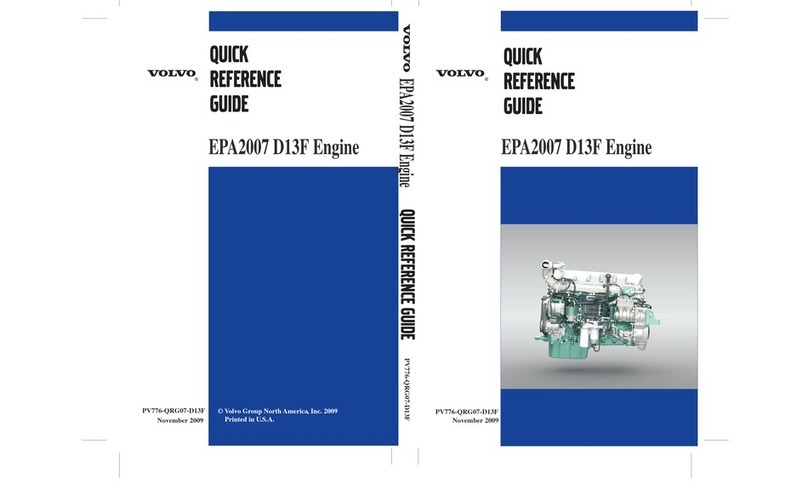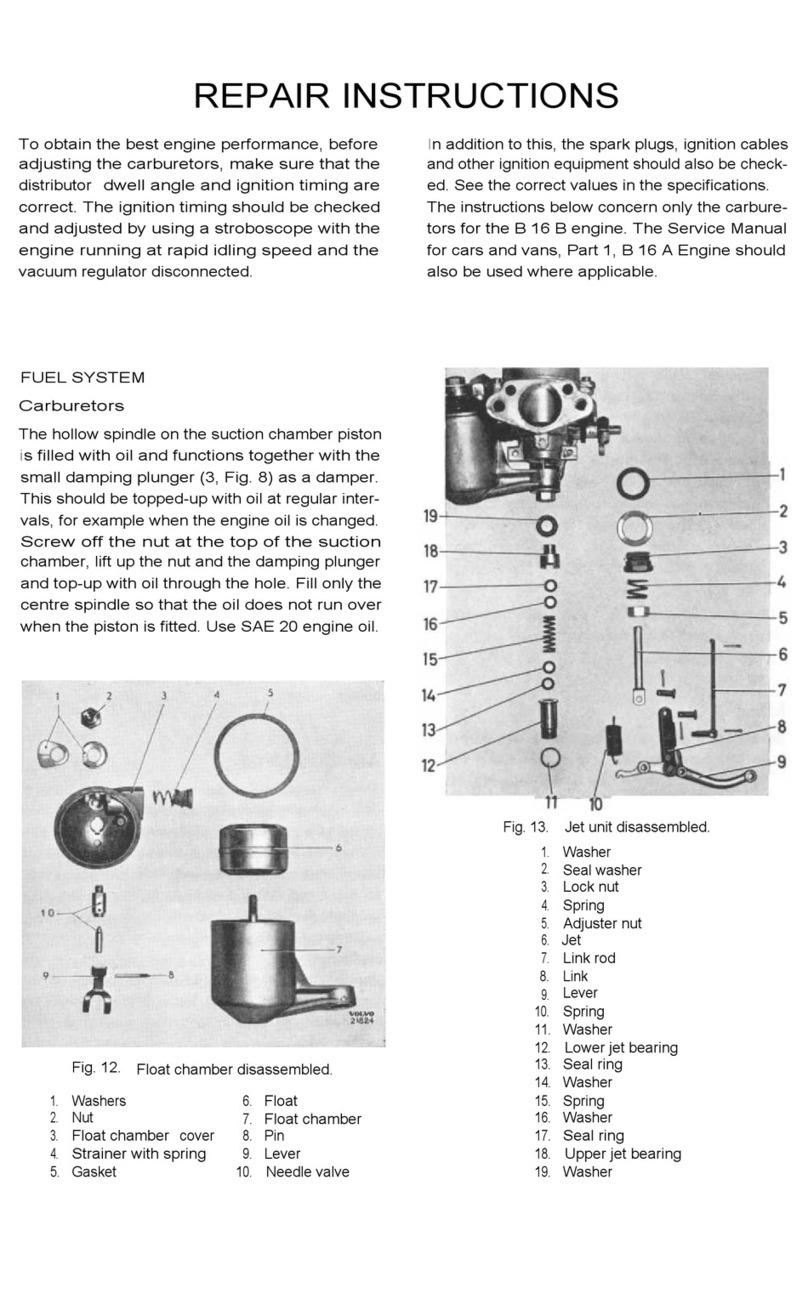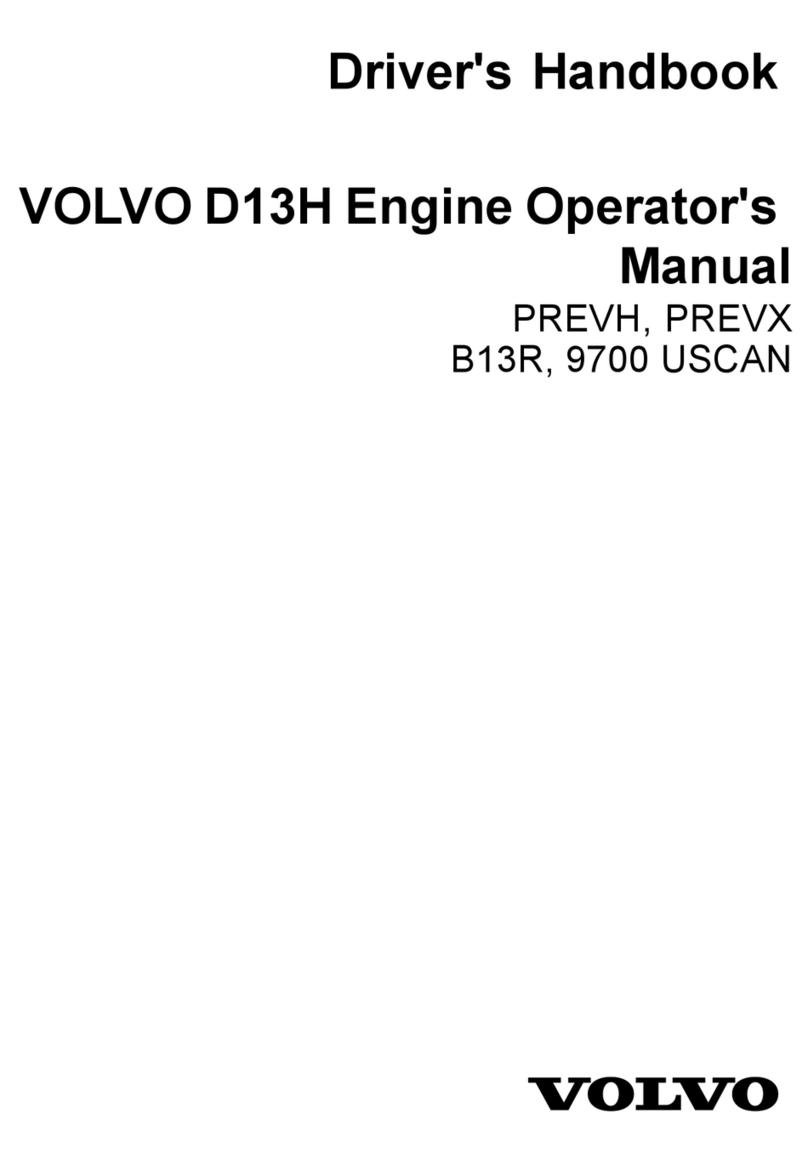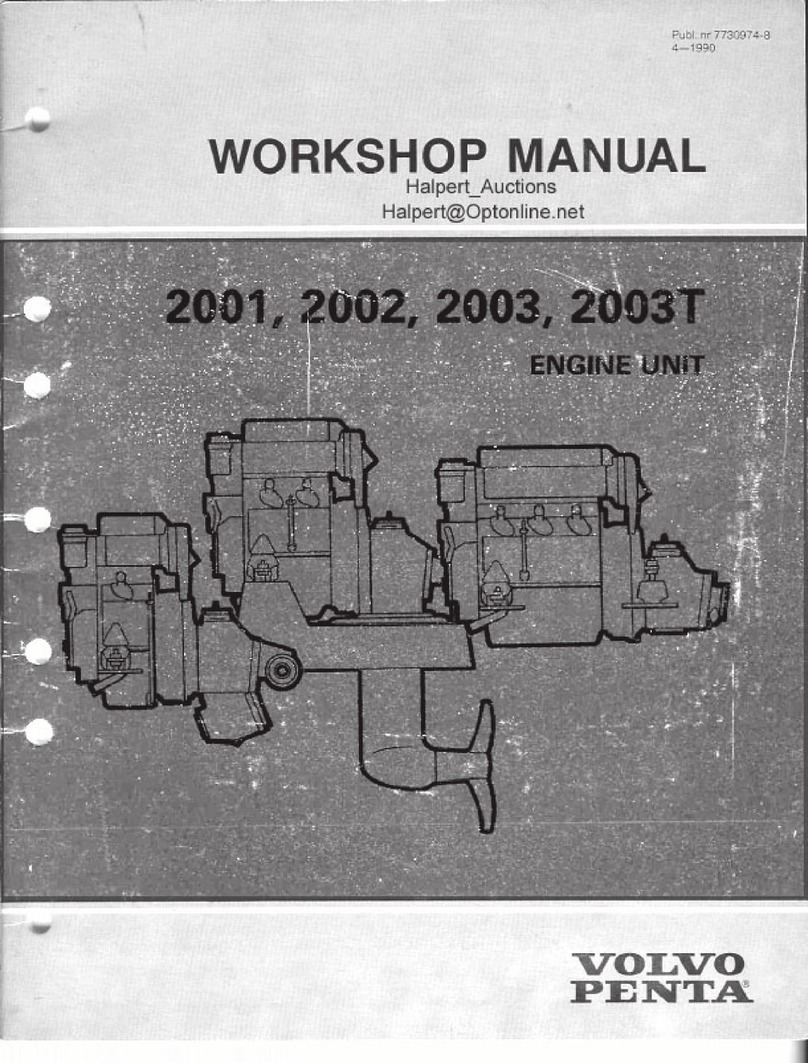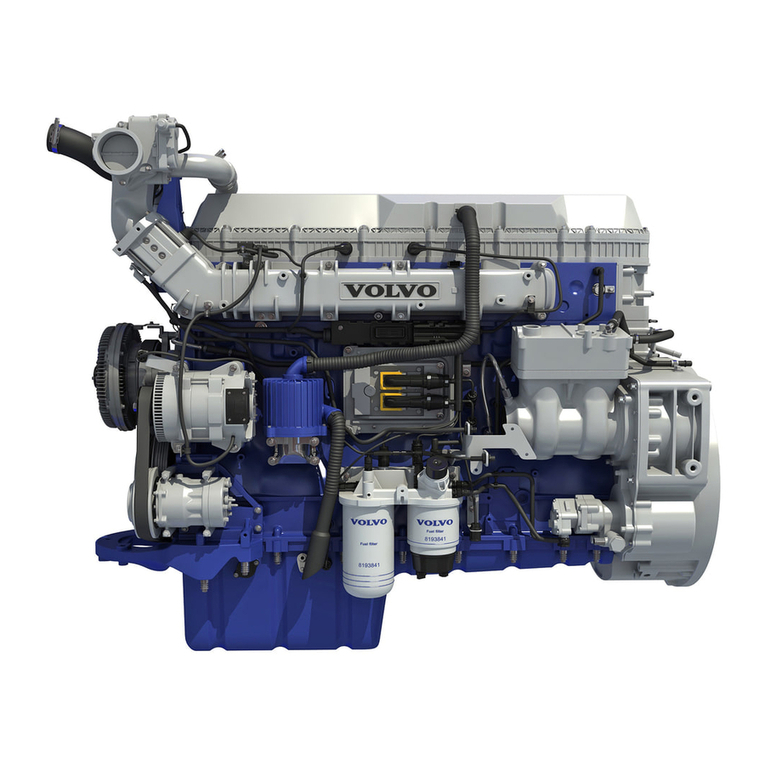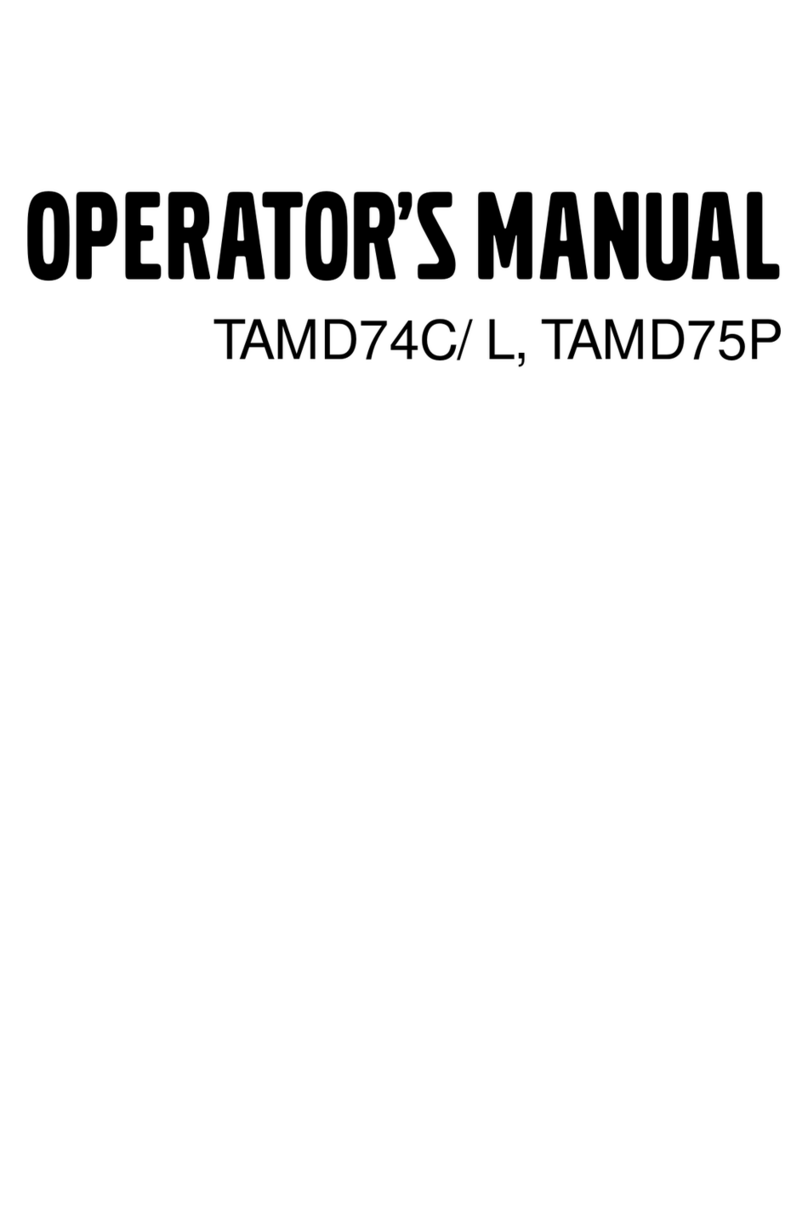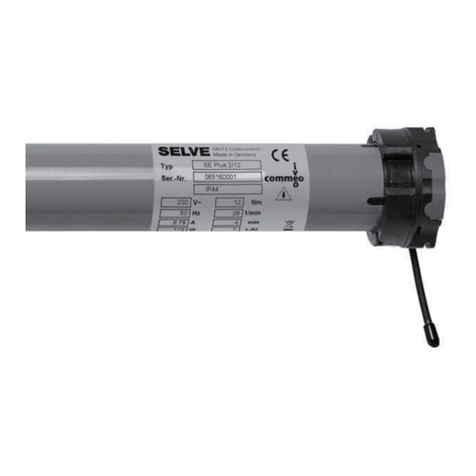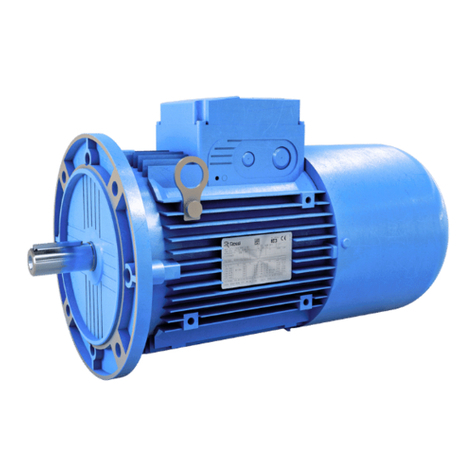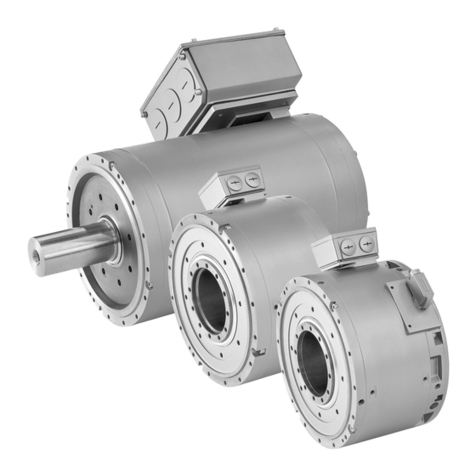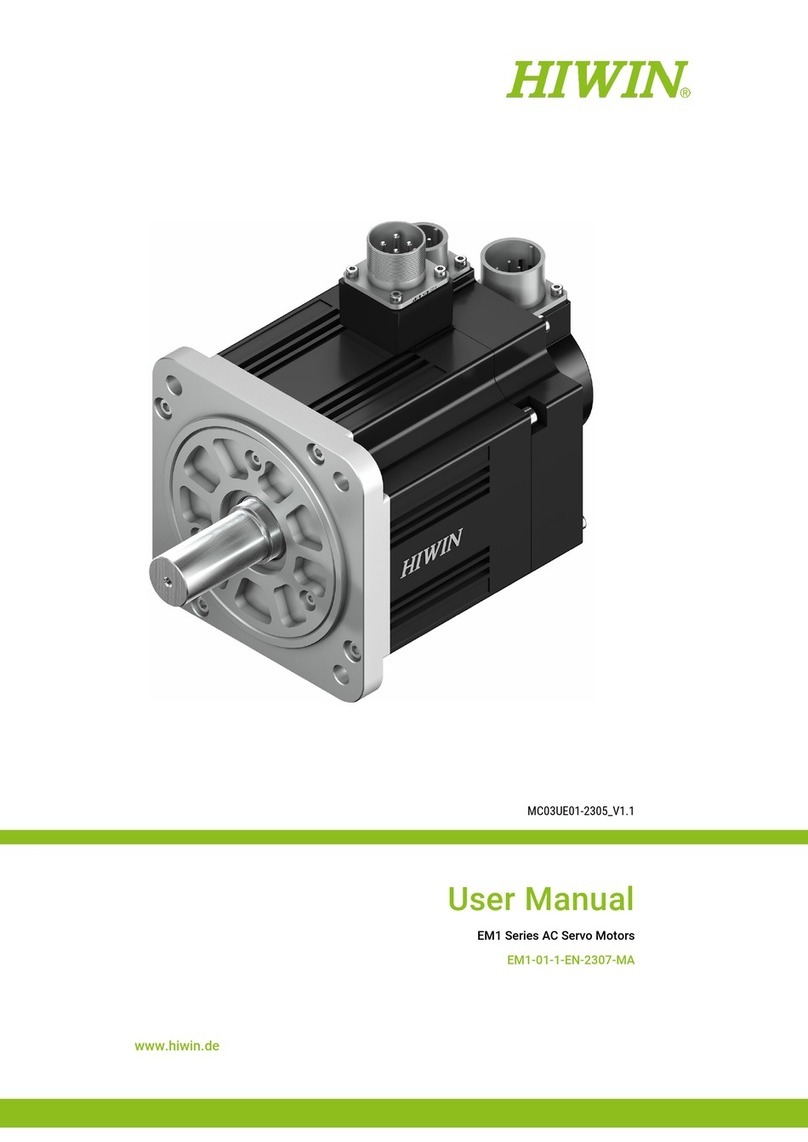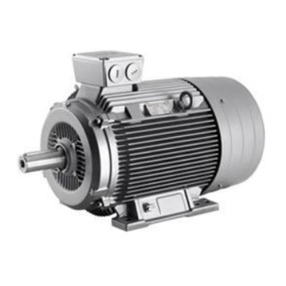
The following modules communicate with the Engine
Control Module (ECM) via the network:
- Electronic Throttle System (ETS) including Elec-
tronic Throttle Module (ETM) and Accelerator Pedal
Module (APM)
- Transmission Control Module (TCM)
- Anti-lock Braking System (ABS)
- Central Electronic Module (CEM)
- Diagnostic Connector for connection to VADIS
(Volvo Aftersales Diagnostic and Information System)
- Driver Information Module (DIM), combined instru-
ment panel
- Climate Control Module (CCM)
- Steering Wheel Module (SWM)
- Central Electronic Module (CEM) is the central com-
puter in the network, which handles the exchange bet-
ween the network’s high speed and low speed sections.
The high-speed section covers the following modules:
Engine Control Module (ECM), Electronic Throttle
Module (ETM), Transmission Control Module (TCM),
Anti-lock Braking System (ABS) and the Central Elec-
tronic Module (CEM).
- The Engine Management System contains a large
number of sensors that send information by analog
signals directly to the Engine Control Module (ECM).
System overview - Design and function
Communication on the internal network
CAN communication
ECM (Engine Control Module) sends out and receives
the following signals via the network:
Brake Control Monitoring (BCM)
Provides information so that the Engine Control Mo-
dule (ECM) can determine whether any
misring is due to road condition or to a fault in the
engine management system. Also provides a
vehicle speed signal.
Climate Control Module (CCM)
Informs the Engine Control Module (ECM) about
A/C selection and requests A/C activation.
Central Electronic Module (CEM)
Is the “main computer” in the network and coordina-
tes required information between other
modules. It also controls diagnostic function by con-
necting the Diagnostic Connector to the
network for programming and reading off diagnostic
trouble codes (DTCs) and parameters. The
CEM also includes the Immobilizer.
Steering Wheel Module (SWM)
Provides information to the Engine Control Module
(ECM) that the cruise control is selected and
that the driver requests changing the cruise control
speed.
Transmission Control Module (TCM)
The Transmission Control Module (TCM) is only im-
plemented in automatic transmission cars.
The following signals are being sent on the network
from the Engine Control Module (ECM) and picked
up by the Transmission Control Module (TCM):
- Engine load
- Throttle opening
- Response to torque limiting
- Accelerator and brake pedal position
- Cruise control status.

